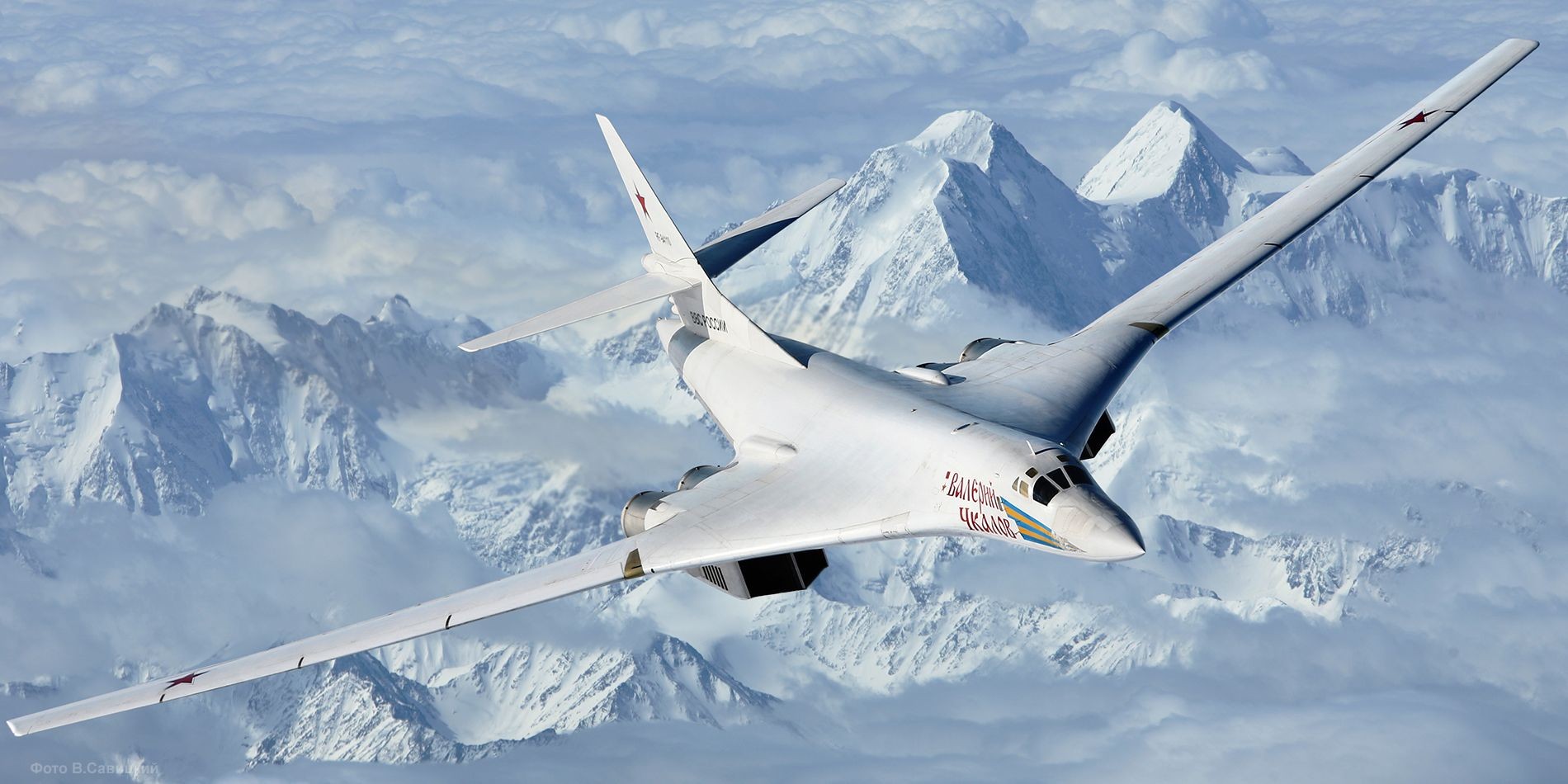The Russian Aerospace Forces have recently bolstered their Long-Range Aviation by introducing upgraded combat aircraft equipped with advanced digital technology, according to the Ministry of Defense of the Russian Federation.
Russia Deploys Su-33 Flanker-D, MiG-29KR Fighters To Conduct Combat Patrols & Defend Northern Sea Route
The Ministry disclosed that the modernization initiative involved replacing existing equipment with state-of-the-art digital analogs, enhancing the precision of aviation weapons usage, and boosting the overall reliability of the aircraft.
The move also expanded the capabilities of the operational control system for these aircraft. This development was announced as part of the annual celebration of Long-Range Aviation Day in Russia, observed on December 23.
The Ministry of Defense highlighted the strategic significance of long-range bombers, emphasizing their role as a crucial component of the strategic nuclear forces and an integral part of the Aerospace Forces.
The fleet comprises various aircraft, including the Tu-160 and Tu-95MS strategic missile carriers, the MiG-31, Tu-22M3 long-range bombers, Il-78 tanker aircraft, as well as training and transport aircraft.
The MoD further added that in the year 2023, long-range aviation actively participated in Ukraine, armed Forces management training, and other combat training activities, all executed with high quality, attesting to the exceptional level of preparedness and skill of the involved crews.
Additionally, the Russian Defense Ministry mentioned that long-range aviation carried out air patrols over strategic areas, such as the Arctic and Pacific Oceans, Black Sea, Baltic Sea, Norwegian Sea, Sea of Japan, Yellow Sea, and East China Sea.
Significantly, the division conducted joint patrols alongside the Air Force of the People’s Liberation Army of China.
Meanwhile, the Ministry revealed that in response to the evolving technological landscape, young pilots and navigators from institutions like the Krasnodar Higher Military Aviation School of Pilots and the Chelyabinsk branch of the Air Force Academy have commenced retraining for the operation of the new equipment.
Furthermore, the Combat Application Center and aviation units are actively engaged in training young flight crews, with over 50 individuals trained during the 2023 academic year.
The cumulative flight time for the association exceeded 22 thousand hours, underscoring the commitment to maintaining a high level of proficiency and readiness within long-range aviation.
History Of Long-Range Aviation
On December 23, Russia observed a momentous occasion, celebrating the 109th anniversary of its Long-Range Aviation.
Known colloquially as “The Switchers,” these long-range aircraft play a vital role within the nuclear triad, serving as the airborne component of Russia’s Strategic Nuclear Forces.
The origins of long-range aviation trace back to the establishment of the squadron of airships named “Ilya Muromets,” which was created based on the decision of the Military Council of the Russian Army, sanctioned on December 23, 1914.
During the First World War, the squadron executed approximately 400 sorties for reconnaissance and bombing enemy targets and achieved notable success in air battles by destroying 12 enemy fighters.
With the onset of the Great Patriotic War, long-range bomber units were engaged in combat operations on June 22, 1941, targeting the concentration of German troops in Suwalki.
Collaborating with naval aviators on June 23, 1941, they conducted bombing missions deep into the rear areas of the Nazis and their allies in Danzig, Königsberg, Warsaw, Krakow, and Bucharest.
The post-war era marked a new phase in Soviet long-range aviation and witnessed the creation and mastery of jet planes and bombers with intercontinental flight capabilities.

Throughout the Cold War, Long-Range Aviation routinely carried out patrols in strategically vital remote areas, ready to counter potential aggression and employ weapons as necessary. The contribution of long-range bombers to overall deterrence processes played a pivotal role.
Nevertheless, despite facing challenges following the dissolution of the USSR, long-range aviation of the Air Force managed to recover its capabilities and is actively progressing.
The Long-Range Strategic Aviation plays a pivotal role in enhancing the country’s defense capabilities and stands as one of the three pillars of the Russian nuclear triad.
Recent years have seen the resumption of regular patrolling, coupled with ongoing modernization efforts and the creation of new aircraft models.
In recent years, the long-range aviation of the Aerospace Forces has been actively involved in addressing real combat missions.
Since 2015, Russian bombers have consistently targeted terrorists in Syria. In recent months, they have played a crucial role in the ongoing conflict in Ukraine, utilizing various models of aviation weapons for these operations.
- Contact the author at ashishmichel@gmail.com
- Follow EurAsian Times on Google News




